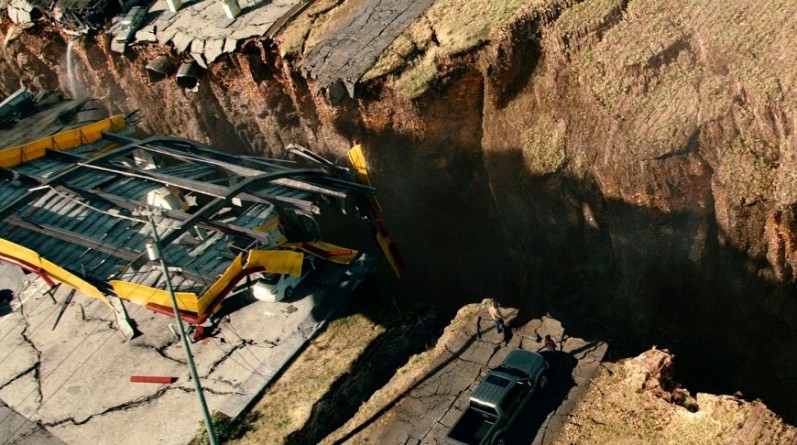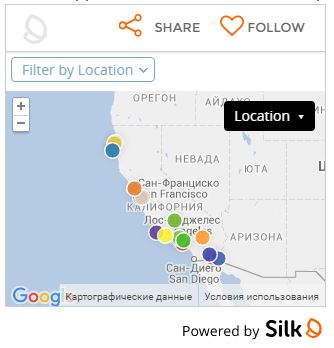
U.S. Geological Survey seismologist Susan Hough accompanied The Associated Press to an advance screening of the film to separate fact from fiction
The San Andreas Fault awakens, unleashing back-to-back jolts that leave a trail of misery from Los Angeles to San Francisco. Skyscrapers crumble. Fires erupt and the letters of the landmark Hollywood sign topple. Tsunami waves swamp the Golden Gate Bridge.
Hollywood's favorite geologic bad guy is back in "San Andreas" -- a fantastical look at one of the world's real seismic threats.
The San Andreas has long been considered one of the most dangerous earthquake faults because of its length. At nearly 800 miles long, it cuts through California like a scar and is responsible for some of the largest shakers in state history.
In the film, a previously unknown fault near the Hoover Dam in Nevada ruptures and jiggles the San Andreas. Southern California is rocked by a powerful magnitude-9.1 quake followed by an even stronger magnitude-9.6 in Northern California.
U.S. Geological Survey seismologist Susan Hough accompanied The Associated Press to an advance screening of the film. Despite the implausible plot, she said the San Andreas will indeed break again, and without warning.
"We are at some point going to face a big earthquake," she said.

Data from largest-us-earthquakes.silk.co
Just How Big?
The San Andreas is notorious for producing big ones, but a magnitude-9 or larger is virtually impossible because the fault is not long or deep enough, Hough noted. The most powerful temblors in recorded history have struck along offshore subduction zones where one massive tectonic plate dives beneath another. The 1960 magnitude-9.5 quake off Chile is the current world record holder.
The San Andreas has revealed its awesome power before. In 1906, a magnitude-7.8 reduced parts of San Francisco to fiery rubble. Nearly five decades earlier, a similar-sized quake rattled the southern end of the fault.
In 2008, the USGS led a team of 300 experts that wrote a script detailing what would happen if a magnitude-7.8 hit the southern San Andreas. They wanted to create a science-based crisis scenario that can be used for preparedness drills.
The lesson: It doesn't take a magnitude-9 or greater to wreak havoc. Researchers calculated a magnitude-7.8 would cause 1,800 deaths and 50,000 injuries. Hundreds of old brick buildings and concrete structures and a few high-rise steel buildings would collapse.
Computer models show the San Andreas is capable of producing a magnitude-8.3 quake, but anything larger is dubious.
Source: nbclosangeles.com

